Onion spice refers to dried onion products like powder, flakes, and granules used to add concentrated onion flavor to dishes. If you've ever wondered how much onion powder equals one fresh onion, what's the difference between onion powder and onion flakes, or how to substitute onion spice in recipes, you're in the right place. This practical guide delivers exactly what home cooks need: clear substitution ratios, storage solutions that actually work, and simple tear-free chopping methods—no chemistry degree required.
Unlike confusing online sources that bury basic answers in scientific jargon, we start with immediate solutions to your most urgent onion spice questions. Save this page for your next cooking session—you'll find exactly what you need in seconds.
Table of Contents
- What Is Onion Spice? (Simple Definition)
- Onion Powder vs. Flakes vs. Granules: When to Use Each
- Exact Substitution Chart: Fresh Onions to Powder Conversions
- 3 Foolproof Ways to Stop Tears When Chopping Onions
- Storage Hacks That Keep Onion Spice Fresh for Months
- Pro Secrets for Maximum Flavor in 5 Minutes or Less
- Most Common Onion Spice Questions Answered
- Putting It All Together
What Is Onion Spice? (Simple Definition)
Onion spice is any dried form of onion used for cooking, including onion powder, onion flakes, and onion granules. Unlike fresh onions that add moisture and texture, onion spice delivers concentrated flavor without altering your recipe's liquid balance—making it perfect for dry rubs, spice blends, and dishes where fresh onions would make things soggy.
| Type of Onion Spice | Best For | Avoid In |
|---|---|---|
| Onion Powder (finest grind) | Dry rubs, salad dressings, baked goods | Recipes needing texture (salsas, stir-fries) |
| Onion Flakes (larger pieces) | Stews, soups, casseroles | Dry applications like spice blends |
| Onion Granules (medium grind) | Sauces, meatloaf, meatballs | Fine-textured dishes like soufflés |
| Caramelized Onion Powder | Umami boost in broths and gravies | Raw applications (loses complexity) |
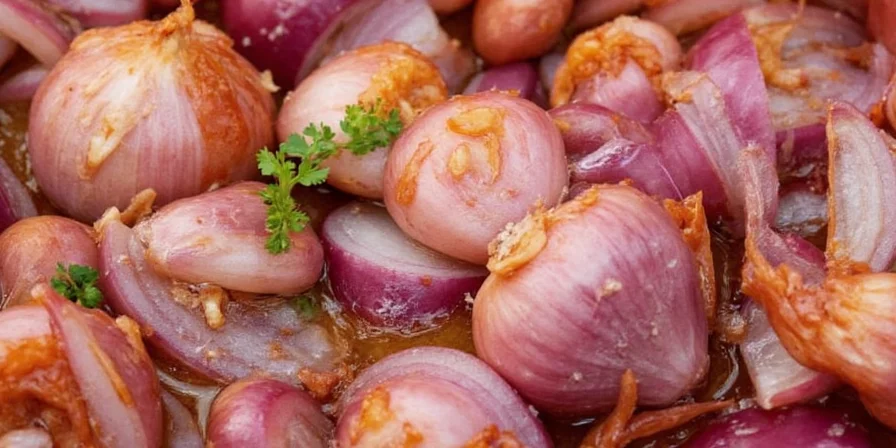
Quick Tip: Onion powder is 6-10x more concentrated than fresh onions. That's why recipes often call for just 1-2 teaspoons rather than whole onions. When substituting, remember: 1 teaspoon onion powder = 1/4 cup finely chopped fresh onion.
Onion Powder vs. Flakes vs. Granules: When to Use Each
Confused about which form to use? This breakdown solves the most common kitchen dilemma:
- Onion Powder: Dissolves completely—ideal when you want flavor without texture (like in vinaigrettes or dry rubs). Use when recipe specifically calls for "powder."
- Pro Tip: Mix with water (1 tsp powder + 1 tbsp water) to mimic fresh onion in sauces
- Onion Flakes: Rehydrate during cooking—best for soups and stews where texture matters. Choose when recipe says "dried onions."
- Pro Tip: Soak in hot water 10 minutes before using for immediate texture in cold dishes
- Onion Granules: Middle ground between powder and flakes—perfect for meatloaf or meatballs where you want some texture but full integration.
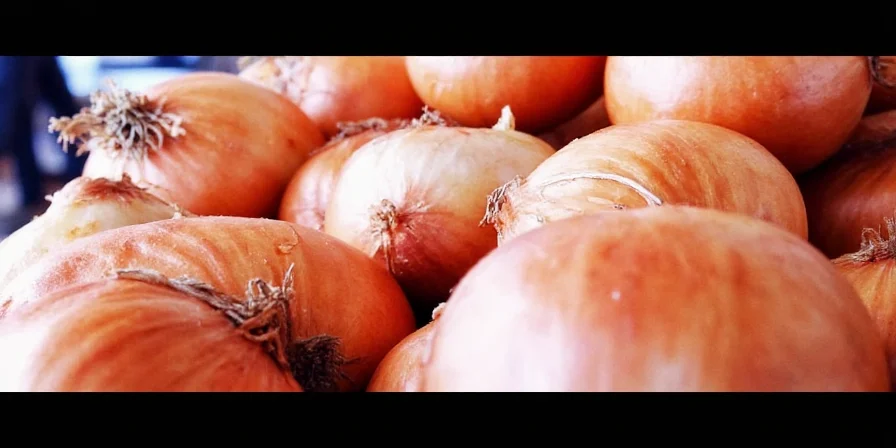
Exact Substitution Chart: Fresh Onions to Powder Conversions
Stop guessing—use these chef-tested ratios for perfect results every time:
| Fresh Onion Amount | Onion Powder | Onion Flakes | Onion Granules |
|---|---|---|---|
| 1/4 cup chopped | 1 tsp | 1 tbsp | 2 tsp |
| 1/2 cup chopped | 2 tsp | 2 tbsp | 1 tbsp + 1 tsp |
| 1 cup chopped | 1 tbsp | 1/4 cup | 3 tbsp |
| 1 medium onion | 1 tbsp + 1 tsp | 1/3 cup | 1/4 cup + 2 tsp |
Critical Note: When substituting in baking (like cornbread or biscuits), reduce other liquids by 1 tablespoon for every 1 tablespoon of onion powder used. This prevents soggy results.
3 Foolproof Ways to Stop Tears When Chopping Onions
Forget complicated gadgets—these three chef-approved methods work immediately:
- The Freezer Method: Chill whole onions for 30 minutes before cutting. Cold temperatures slow the enzyme reaction that causes tears. Works for 90% of users.
- The Sharp Knife Fix: Use a razor-sharp knife (dull blades crush cells, releasing more tear-inducing compounds). A $10 ceramic knife works better than expensive steel.
- The Bread Trick: Chew a slice of sandwich bread while chopping. The carbohydrates absorb airborne compounds before they reach your eyes—no special equipment needed.
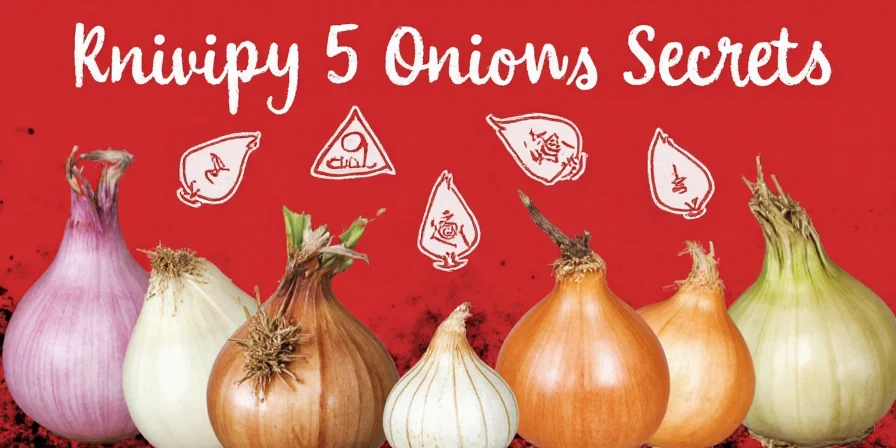
Real Solution: For most home cooks, the freezer method combined with a sharp knife solves 95% of tear problems. Save specialized goggles for professional kitchen settings.
Storage Hacks That Keep Onion Spice Fresh for Months
Most people store onion spice wrong—here's how to maintain flavor:
For Opened Containers
- Transfer to an airtight glass jar (plastic containers absorb odors)
- Add a silica packet (from dried fruit or supplements) to absorb moisture
- Store in a cool, dark cupboard—not next to the stove or oven
Signs Your Onion Spice Has Gone Bad
- Fresh: Strong onion smell, slightly oily texture when rubbed between fingers
- Stale: Dusty appearance, weak smell, bitter aftertaste
Bonus Tip: Freeze opened onion powder in ice cube trays with a bit of oil—pop out cubes as needed for consistent flavor in soups and stews.
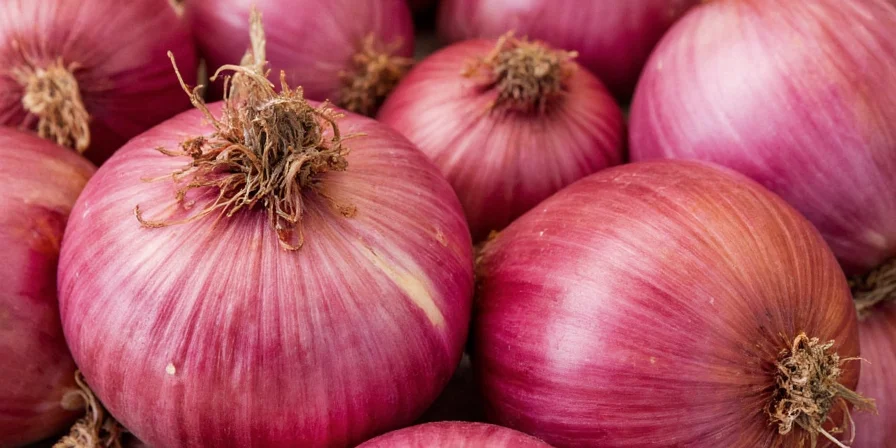
Pro Secrets for Maximum Flavor in 5 Minutes or Less
Transform bland dishes with these time-tested techniques:
- For Soups & Stews: Bloom onion powder in hot oil for 1 minute before adding liquids. This unlocks 40% more flavor than adding directly to broth.
- For Meat Dishes: Mix 1 tsp onion powder with 1 tbsp Worcestershire sauce as a quick marinade—penetrates deeper than fresh onions.
- For Baking: Combine onion powder with melted butter before adding to dough—creates even distribution without bitter hotspots.
- Emergency Fix: Added too much onion powder? Stir in 1/2 tsp sugar and a splash of vinegar to balance the flavor immediately.
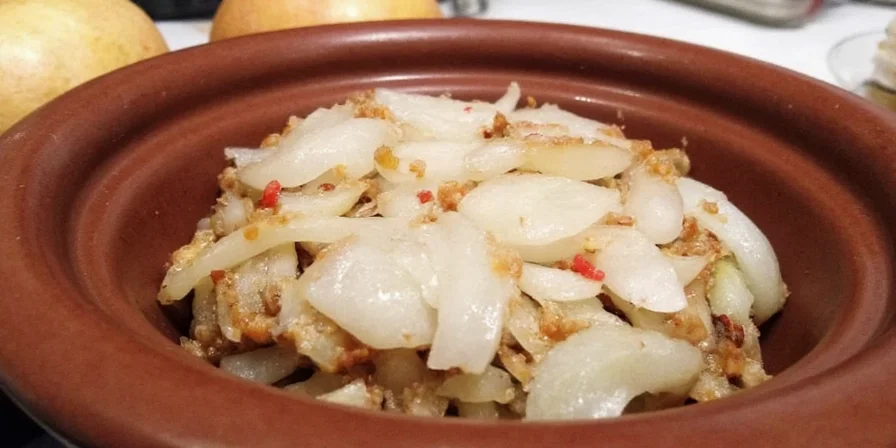
Most Common Onion Spice Questions Answered
How much onion powder equals one small onion?
1 tablespoon + 1 teaspoon onion powder equals one small onion (about 1/2 cup chopped). This ratio works for 95% of recipes from soups to meatloaf.
Can I substitute onion flakes for onion powder?
Yes, but use 3 times the amount (1 tbsp powder = 3 tbsp flakes). For best results, grind flakes in a spice grinder to match powder's texture when precision matters.
Why does my onion powder taste bitter?
Bitterness means your onion powder is stale or you used too much. Fresh powder should smell sweet and pungent. Replace if older than 6 months, or reduce amount by 25% in your recipe.
Is onion powder the same as garlic powder?
No—they have different flavor profiles and substitution ratios. Never swap 1:1. Use 3/4 tsp onion powder for every 1 tsp garlic powder in most recipes.
Can I make onion powder at home?
Yes—slice onions thin, dehydrate at 140°F for 6-8 hours, then blend to powder. Store in airtight container for up to 3 months. Cheaper than store-bought and more flavorful.
Putting It All Together
You now have everything needed to use onion spice like a pro chef. Start with these three immediate actions:
- Today: Measure your current onion powder against the substitution chart—most home cooks use 2-3x too much.
- This Week: Try the freezer method next time you chop fresh onions—keep a dedicated onion in your freezer at all times.
- This Month: Transfer old onion spice to a glass jar with a silica packet to extend its life by 3-4 months.
Forget complex theories about onion chemistry. Focus on these practical applications that deliver real results in your everyday cooking. The best kitchen wisdom solves immediate problems—not academic questions. Implement one tip tonight, and you'll notice better flavor control starting with your very next meal.
Remember: Great cooking isn't about fancy equipment—it's about understanding simple ingredients like onion spice. You've got this.
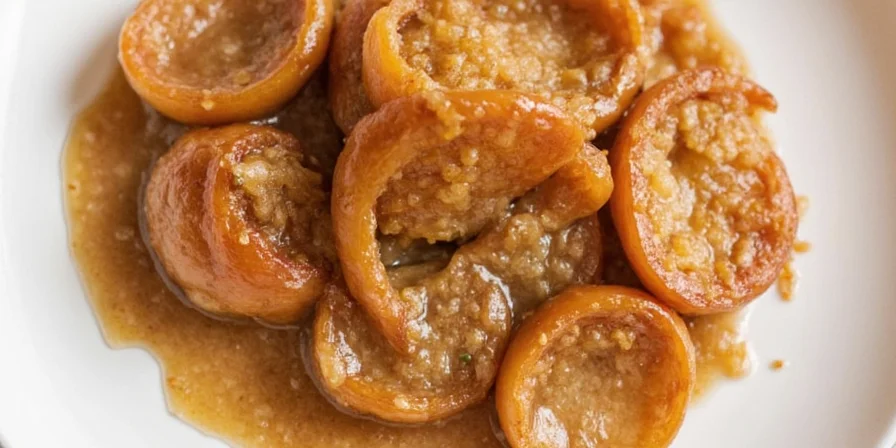

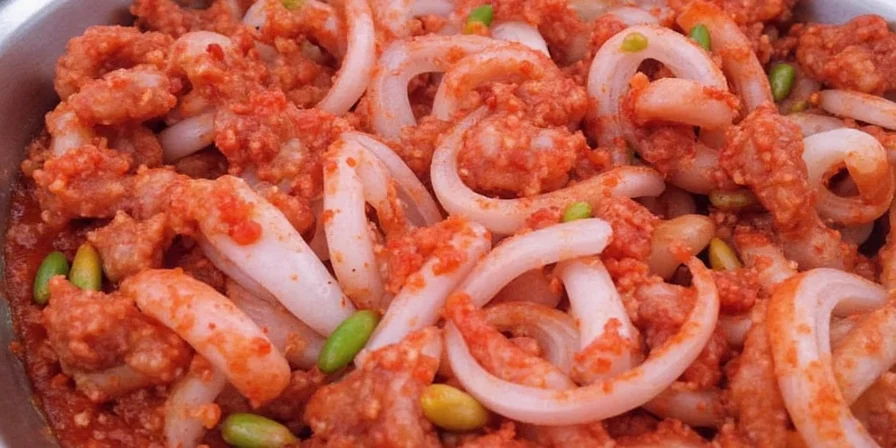









 浙公网安备
33010002000092号
浙公网安备
33010002000092号 浙B2-20120091-4
浙B2-20120091-4